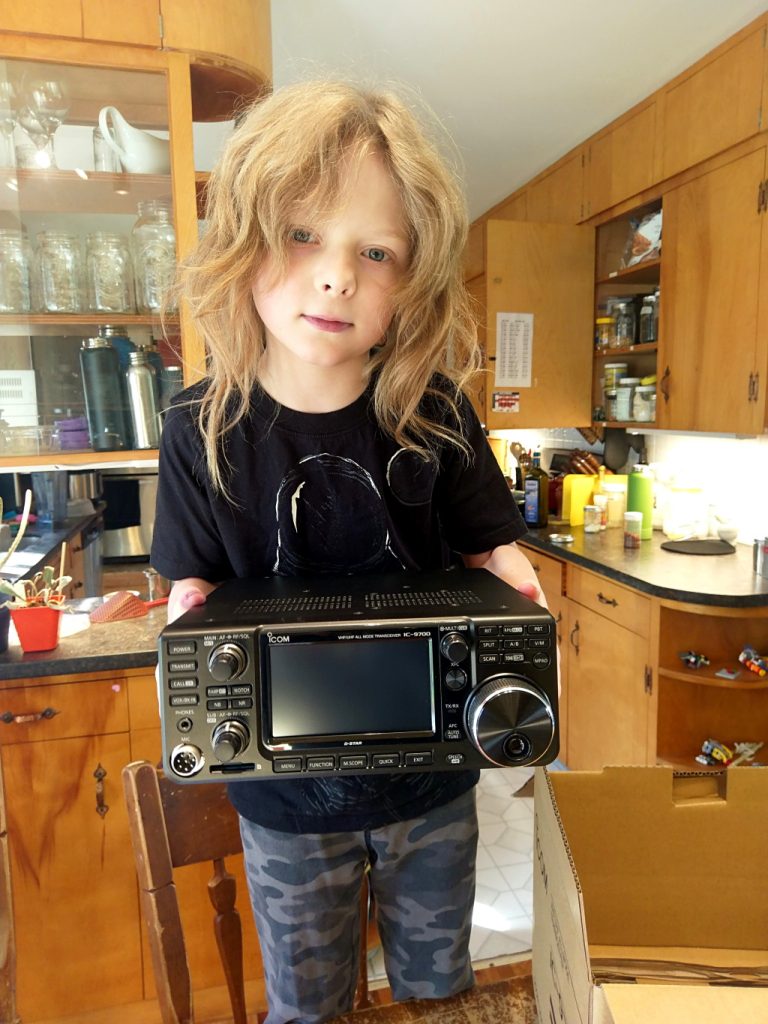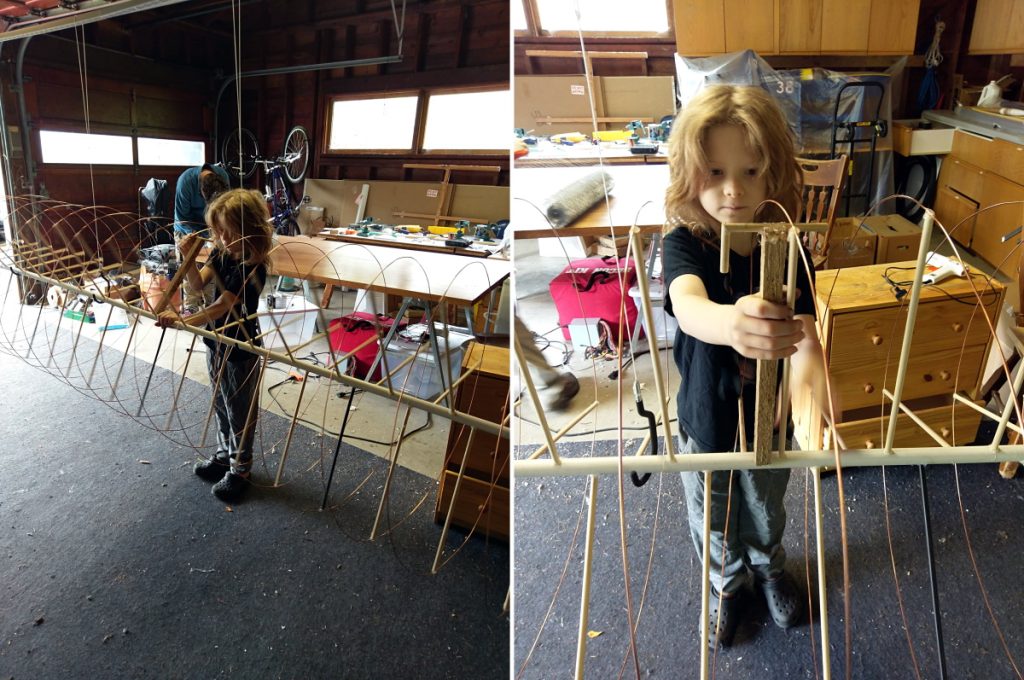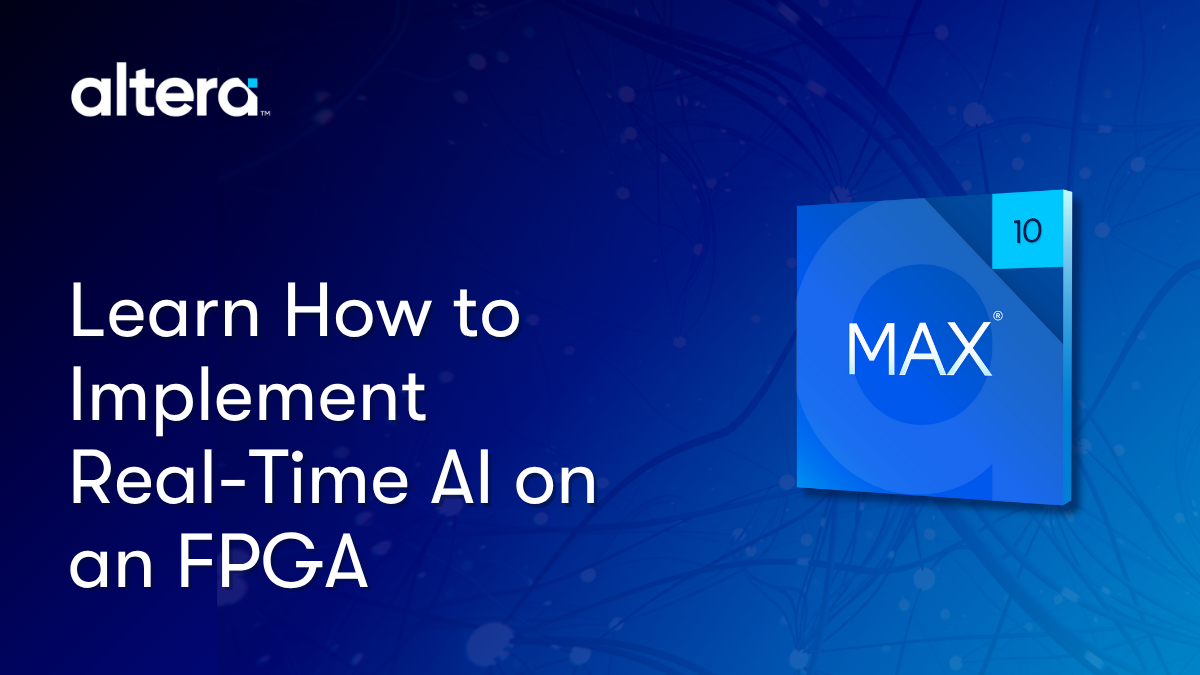Good Grief! It’s happened again! I must have blinked, or sneezed, or… hmm… enjoyed a bodacious bowl of beans (let us say), only to find another hunky chunk of time has zipped past under my nose (no pun intended), leaving me dazed and confused in the here and now.
Just to set the scene, deep in the mist of time we used to call 1970, when I was but 13 years of age, I would be found dancing with delight if I managed to make a simple 2-transistor oscillator warble in an annoying way. Doing something like building a satellite tracking system and a radio communications system and communicating with the International Space Station (ISS) would have been beyond my wildest dreams.
Of course, there wasn’t an ISS with which to communicate back in those days of yore. The United States’ first space station in the form of Skylab wasn’t launched until May 1973, and it was only occupied for about 24 weeks until February 1974. The reason most of us think of Skylab as being “up there” for much longer is that it was indeed “up there” for much longer—it’s orbit eventually decayed to the extent that it reentered the Earth’s atmosphere and disintegrated on 11 July 1979, scattering a trail of debris across the Indian Ocean and Western Australia in the process (sad face).
Meanwhile, the first section of the ISS was launched in November 1998, which is more than a quarter of a century ago as I pen these words.
Can it really be so long ago?
Where does the time go?
On the one hand, the ISS is an awesome achievement. On the other hand, I feel sad that we haven’t achieved much, much more. Having said all this, it seems that things are picking up on the space station front (happy face).
First, we have the Lunar Gateway, or simply Gateway, which is a space station that is planned to be assembled in orbit around the moon. The Gateway is intended to serve as a communication hub, science laboratory, and habitation module for astronauts as part of the Artemis program. And then we have the world’s first commercial space station, Haven-1, which is scheduled to be placed in a low earth orbit (LEO) by a SpaxcX Falcon rocket sometime in 2024. According to Wired, the Haven-1 will look like a luxury hotel inside (I want to visit it so much I can taste it). But we digress…
Do you remember my columns about a young lad called Zeke? I first encountered Zeke and his parents in the summer of 2022. At that time, Zeke was 11 years old. As I described in Part 1 of my O-M-Gosh, I’ve Been Zeked saga, Zeke decided that he wanted to talk to the astronauts on the ISS when he was only 8 years old. As a first step, Zeke obtained his Technician-level ham radio license, after which his grandmother, “Bobbi,” presented him with his first ham radio.

Zeke with his first ham radio (Source: KJ7NLL)
In Part 2, we discussed how—after first building a Yagi antenna and a Moxon antenna—Zeke turned his attention to constructing a 10-foot helical antenna because, as he explained to me: “Helical antennas radiate circularly polarized radio waves, which makes them useful for communicating with satellites.”

Zeke calibrating his 10-foot helical antenna (Source: KJ7NLL)
As part of all this, Zeke used professional-grade electronic design automation (EDA) tools—like AWR Microwave Office—to design radio frequency (RF) circuits, select between different components, and build his own printed circuit boards (PCBs).
In Part 3 we discussed how Zeke set about creating the motor-driven system—including designing his own motor control board—to change the orientation of his antenna (its rotational direction and elevation) in order to point at the ISS as it traversed the sky above. Later, in Part 4, we saw how Zeke created a motorized LEGO model of his antenna and used it to develop his satellite tracking software. You can see all this in one of the videos on Zeke’s KJ7NLL YouTube channel (the video in question is Track the Space Station and OreSat Satellites with a LEGO Rotor and Silicon Labs Microcontroller).
Zeke is now 13 years old. He’s an 8th grader at TEACH-NW (Transforming Educational Access in Communities and Homes in the Northwest) which is a remote learning charter school that serves 650 students from grades K-12.
A few days ago, I heard from Zeke and his parents. It seems that, although Zeke continues to conduct all his science endeavors independently at home, he has recently taken on the role of a mentor, collaborating with TEACH-NW middle and high school students (and one inspired 8-year-old) to ignite their interest in STEM (Science, Technology, Engineering, and Mathematics).
It seems that, a few weeks ago, Zeke taught this group of students about antenna technology, followed by a workshop where they constructed a new antenna. This is the antenna that Zeke and his cohorts will use to contact the ISS as part of NASA’s educational outreach program ARISS (Amateur Radio on the International Space Station).

Zeke (near left) and fellow students constructing their new antenna (Source: KJ7NLL)
Zeke’s goal was to inspire his fellow students with hands-on learning opportunities. He’s exceeded himself because many of the students who took part in this antenna building workshop have also volunteered to participate in the conversation with the ISS.
What is unique about this ARISS contact is that, while most contacts utilize a telebridge or storebought equipment, the antennas, rotors, and trackers that will be used for the TEACH-NW contact are all handmade. Everything that will be used for this ARISS contact is original and has been constructed since Zeke got his 3D printer and figured out how to use it last December.
Just a day or so ago at the time of this writing. Zeke told me that all the technical issues have been resolved (Hurray!). He posted this video. Points of interest occur at Minute 15 when the ISS is passing over the museum (you can see the antenna rotating in the background and hear the licensed ham radio operators communicating via the ISS repeater) and Minute 20 when, following the contact, Zeke gives a little tour of the radio/antenna setup in the field.
Zeke tells me that the Carlton Observatory, which is located at the Evergreen Aviation and Space Museum, has proved to be a crucial partner in this project. In addition to providing expertise, technical support, and access to cutting-edge technology, the observatory is going to host the event. Zeke also gave a shout-out to the folks at Cadence Design Systems who empowered the students to design and simulate the antenna system by providing access to appropriate design tools.
Zeke just sent out a message inviting everyone (including you and me) to attend this auspicious event. Specifically, he says:
We just received final confirmation from NASA’s ARISS program! Come celebrate the end of my 5-year quest to communicate with an astronaut on the ISS over ham radio!
Thanks to the ARISS program, on Friday, October 18, I will facilitate the 11-minute ham radio call between the ISS and students from TEACH-NW charter school. We will be using our homemade antennas and rotor system to contact the ISS. Over the past several weeks, we have spent many, many hours modifying and fine-tuning our equipment.
- The ISS crew member will be Sunita Williams KD5PLB, KD5MDT.
- The event will take place on Friday, October 18, 2024, at 11:30:14 AM PDT in McMinnville, OR, at the Carlton Observatory, part of the Evergreen Air and Space Museum.
This event is free and open to the public! Feel free to invite family and friends and post the event on social media. We will hold our conversation outdoors on the site of the future Carlton Observatory. The hill is steep, and the ground is uneven, so please wear sturdy footwear and feel free to bring a camping chair. The entire conversation will take 11 minutes, and we encourage you to arrive early.
If you cannot be there in person, please watch the Livestream on my YouTube channel: https://www.youtube.com/@KJ7NLL/streams
Well, I don’t know about you, but this is something I must see. I only wish I could be there in person, but it’s my turn to keep everything under control in Alabama (someone needs to do it), so I’ll be glued to the live feed. In the meantime, while we watch the seconds ticking down, do you have any thoughts you’d care to share on anything you’ve read here?






I just received another email from Zeke saying: “I just made a new video recapping and summarizing the Desktop Satellite Tracker — Here is the link: https://youtu.be/ZUq9QKSz3T8“
Nice story.
Wow! Evergreen Aviation. I haven’t heard that name in a while! (https://en.wikipedia.org/wiki/Evergreen_International_Aviation)
I assume you’re familiar with their background and what an interesting guy their founder Del Smith was? When Air America closed down it was Evergreen that bought all the helicopters.
Once I was pricing installing new air handlers on a warehouse at Kennedy Space Center, and since the pick was too far out on the roof to use a normal crane, I contacted Evergreen (now Erickson), about renting a “Sikorsky Skycrane” for the lift since there aren’t many out there with that capacity! We didn’t get the job but it was interesting.
Just reminiscing. Good luck to Zeke
JK
Desktop Satellite Tracker video is EXCELLENT!!! Antennas are one part of radio that hasn’t been obsoleted by A/D and D/A converters. My congrats to Zeke and the others!
If this has inspired any of you to get your amateur radio license, you can get a FREE study guide for the Technician Class license by going to my website, http://kb6nu.com/study-guides. Please feel free to contact me if you have any questions.
Desktop Satellite Tracker antenna rotates in orientation, but does not change XYZ position. Accelerometer measures angle between antenna axis and direction of gravitational acceleration. Magnetometer measures angle between antenna axis and direction of Earth’s magnetic field. From these two measured angles, direction of antenna axis is calculated.
Zeke’s call with the ISS was wonderful to watch — all the kids got to ask their questions of ISS crew member will be Sunita Williams — if you missed it, you can watch it on YouTube: https://www.youtube.com/live/Yarcl0FgiA4?si=7tcSDnWMeJSk8haM